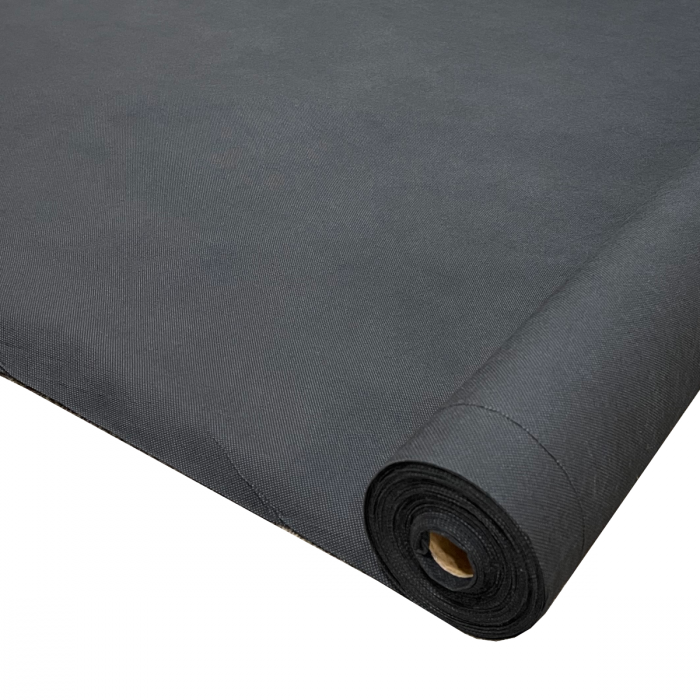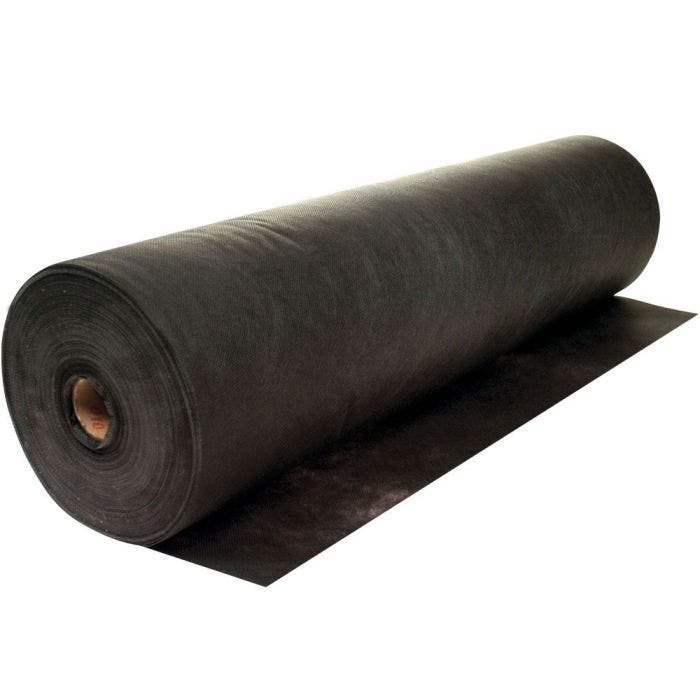Non-Woven Fabric And Its Uses For Agriculture
Non-woven fabrics are a product of the early stages in the petrochemical industry. Non-woven fabrics were used in the past because of their softness and bulk in packaging, covering, or filling. Because of the rapid advancement of materials science, the scope of non-woven fabrics has expanded to various fields of industry and commerce, civil engineering, medical treatment as well as environmental engineering and agriculture. Its existence can easily be found everywhere, including in its early agricultural applications. Non-woven fabrics are similar to fabric composed of short and long fibers that are bonded together using chemical, heat, or mechanical treatment. In general, woven fabric are more durable and durable as compared to non-woven fabrics. There are a variety of non-woven fabrics. Non-woven fabric is utilized in a variety of industries. They are easier to produce than weaved fabrics, and there is a rising demand for non-woven materials. Follow this agriculture non woven fabric manufacturer for recommendations.
Non-Woven Industries Development. Nonwoven fabrics are a product of the petrochemical industries after the creation of plastic cloth (film). It is less heavy than plastic and offers more ventilation. It is used extensively in hygiene and medical products such as sanitary napkins and facial towels. Later the application of engineering was made to it. Non-woven fabrics can be used in vegetable production to shield against the effects of cold. Although the manufacturing process of non-woven fabrics is different from that of plastic film the basic raw material are almost identical. This includes PVC (polyvinyl chloride), PE (polyethylene), EVA (Ethylene Vinyl Acetate copolymer), PVA (polyvinyl alcohol) and other such items. Traditional plastic film is formed into a thin film by melting the plastic and then inflating it. It is a continuous film and the material can extend indefinitely. It is smooth and doesn't have pores. It is totally inert, and it blocks all exchange and movement of molecules. Artificial chemical fibers, made from the mentioned raw materials, became the hottest item in the world of textiles. These chemical fibers are still transformed into cloth using traditional weft and warp weaving. Non-woven fabrics are made by interspersing fibers on the same plane at various angles, in all directions instead of using traditional warp and weft techniques. Compared with traditional woven fabrics the material has superior characteristics, and the production process is able to go from raw materials to final products in one step. It's cheaper than traditional weaving, which involves drawing fibers into yarn and weaving. Non-woven fabrics are widely used in the apparel industry in recent years. Due to the advances in material science, and the advancement and application of production technology, nonwoven materials have become more varied and are being employed more frequently. We can see the different types of materials and products used in each day life. The expansion of the use of non-woven fabrics in agriculture is mainly due to their lightweight, simple production, low cost as well as their diversity and application possibilities. Follow this non woven weed fabric for tips.

Applications of non-woven fabrics in Agricultural IndustriesNon-woven fabrics first used in agriculture in Europe in 1978, to keep the warm carrots for harvesting in the early hours, and also to protect tomato leaf viruses and whiteflies. Non-woven fabric is used in the United States for the mulching and protection of sweet peppers, tomatoes. carrots, root veggies such as carrots. radishes. The cabbage. lettuce. They are used to preserve heat, for early harvesting, and for insect control. Non-woven materials are often employed as covers for surfaces, such as grass-proof mats. In order to ensure that roots fully absorb water, short fiber can also be used to create blankets that are water-absorbing. They can be used as the primary medium for the production of turf, or as garden grassland to moisturize drain, divide, and spruce up the garden. They can also be used to plant large trees such as fruit trees and garden trees. Non-woven fabrics are also employed as crop cover in Taiwan. They are also used extensively to reduce energy consumption in greenhouses with large areas. Canopy curtains are double-layered and cut down heat absorption and radiation at night. High-density spun-bonded nonwoven TAVIK fabrics were employed in the early days to shade and protect cauliflower bulbs. Farmers quickly adopted it due to its superior shading capabilities, low thermal conductivity, simple recycling and ease of use. Then, it was gradually employed for heat preservation and the cultivation of leaf vegetables that was insect-proof. It also served as a shade, heat preservation and cultivation for pineapples and fruit trees. Because of Taiwan's unique environment and climate, non-woven industry growth is slow. Taiwanese nonwoven fabric manufacturers continue to develop nonwoven technologies. The main focus of Taiwan nonwoven fabric manufacturing is water absorption air permeability, and water repellency. The company has stepped up its research in order to enhance its capability to preserve and store agricultural products. It hopes it can develop additional applications. Follow this pp agricultural nonwoven fabric for more information.
